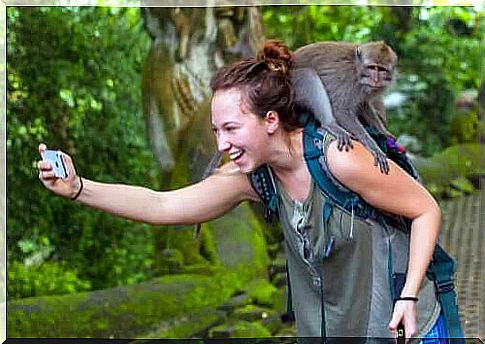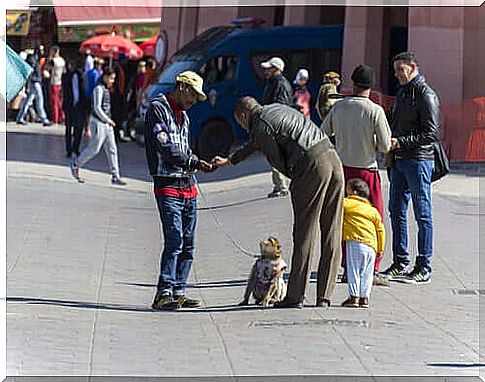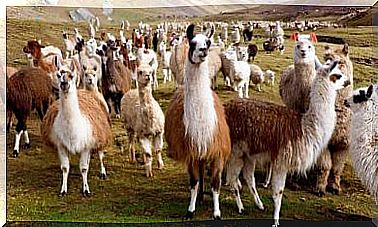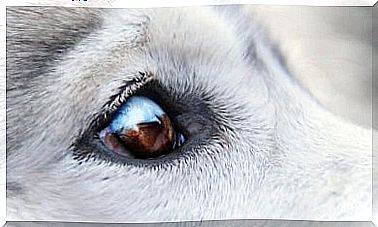What’s Behind Monkey Selfies?

An afternoon walk through the famous Jemaa el-Fna square in Marrakech is a unique experience, but it can also involve selfies with endangered monkeys. In this square and in other tourist places in Morocco and Algeria, these animals are chained so that you can take a picture with them.
It is estimated that since 1980, censuses of this species of primate have dropped 50%. In addition to deforestation and the illegal sale of monkeys as pets in Europe, their use as photographic attractions is one of the causes of their disappearance.
The protection of this species started in a forced way, because its classification as an endangered species by the Red List of the International Union for the Conservation of Nature (IUCN) did not reach until 2008. Since then, its protection has increased, but this activity still it is seen in tourist areas in Morocco and even in Spain.
Tourists do not approve of selfies with monkeys
Given that tourist activity with these animals is one of its biggest threats, the results of a study by the Napier University of Edinburgh, Scotland, are surprising: a survey of 513 tourists, which analyzes their perception of this practice, reveals that 88% of respondents say they did not carry out this activity nor did they intend to do it.
Of those interviewed, around 40% considered this activity unacceptable. It should be remembered that, in order for these animals to be chained in a square, they must be removed from their habitat and separated from their parents, with whom they maintain an enormous bond similar to that of the human species.

Why do monkey selfies still exist?
Given these data, it is surprising to think that using Gibraltar monkeys as a tourist attraction remains a lucrative activity.
Remember that a baby monkey can pose up to 18 times an hour and each photo costs nine euros, which means that in just four days you can reach the income of a lower-class Moroccan family .
That’s why, despite the activity’s apparent little success among tourists, it’s still profitable. In addition, many tourists who claim not to engage in this activity may be lying because they are ashamed to admit this type of behavior.
Another factor influencing the issue is that these monkeys can be profitable in other ways. Researchers believe these animals can also fuel illegal animal trafficking in Europe.
Obviously, this activity is being enjoyed by some tourists. These people assume they participate in this activity because they like animals, so they probably don’t know the effects of this activity on monkeys.

Practices like this disguise the threat suffered by animals
Another fact observed by researchers is that it seems that these types of activities make us perceive the species that participate in them as less threatened. Despite the serious threat faced by wild populations of Gibraltar monkeys, only one in four tourists knew that this species is threatened.
Studies like this allow us to see, with increasing frequency, that these types of activities harm tourism in some areas, as they add a negative charge to certain tourist destinations, despite a small percentage of people supporting them.









